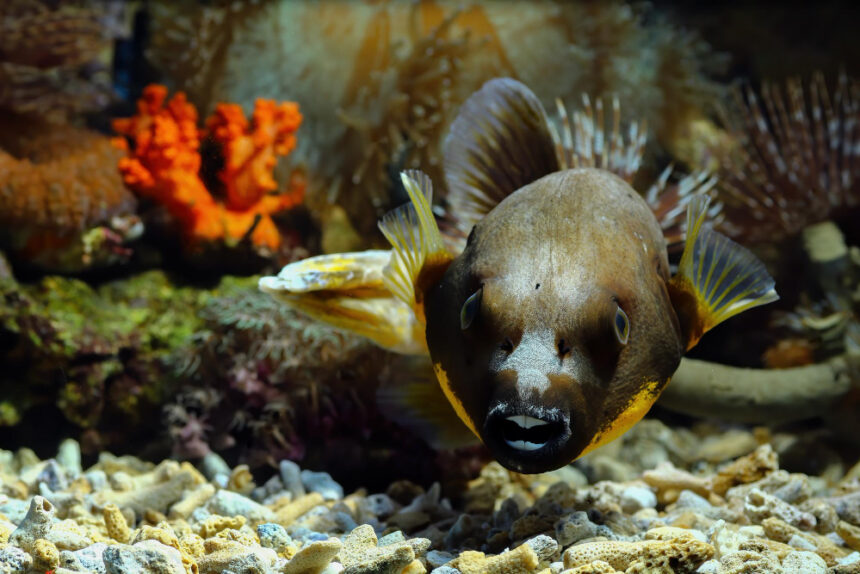The deep sea is one of the most mysterious and least explored regions of our planet, home to an array of fascinating and often bizarre creatures.
Located in the dark, cold depths of the ocean, beyond the reach of sunlight, the deep sea presents a challenging environment for life. Yet, it is teeming with unique organisms that have adapted to survive in these extreme conditions.
One of the most intriguing adaptations of deep-sea creatures is bioluminescence, the ability to produce light. This phenomenon is used for various purposes, such as attracting prey, deterring predators, and communicating with other members of the same species.
The anglerfish, for example, has a glowing lure on its head that it uses to attract unsuspecting prey in the pitch-black depths.
Deep-sea creatures also exhibit remarkable physical adaptations. Many species have large eyes to maximize the limited available light, while others have no eyes at all, relying instead on other senses.
The giant squid, with eyes the size of dinner plates, can detect the faintest glimmers of light in the deep ocean. In contrast, the yeti crab, a sightless crustacean, uses its hairy claws to harvest bacteria for food.
Pressure in the deep sea can be more than a thousand times greater than at the surface. Many deep-sea animals have soft, gelatinous bodies that are resistant to crushing under extreme pressure in order to survive. The blobfish, often cited as one of the world’s ugliest animals, has a body structure that allows it to endure these extreme pressures.
The deep sea also hosts some of the most ancient and resilient life forms on Earth. Hydrothermal vent communities, discovered only in the late 20th century, thrive around fissures in the ocean floor where superheated, mineral-rich water flows.
These ecosystems are based on chemosynthesis, a process where bacteria convert chemicals from the vents into energy, supporting a diverse range of organisms, including giant tube worms, vent crabs, and clams.
Despite the harsh conditions, the deep sea is a vibrant and vital part of the Earth’s biosphere. It plays a crucial role in global processes such as carbon cycling and climate regulation.
However, it remains one of the least understood environments, with new species being discovered regularly. Each expedition to the deep sea reveals more about its mysteries and the remarkable creatures that inhabit this hidden world.
In conclusion, the deep sea is a realm of wonder and mystery, showcasing the incredible adaptability of life. From bioluminescent predators to pressure-resistant organisms, these deep-sea creatures are a testament to nature’s ingenuity and resilience.
As exploration technology advances, we can look forward to uncovering even more secrets from this enigmatic part of our planet.
ASH CK

